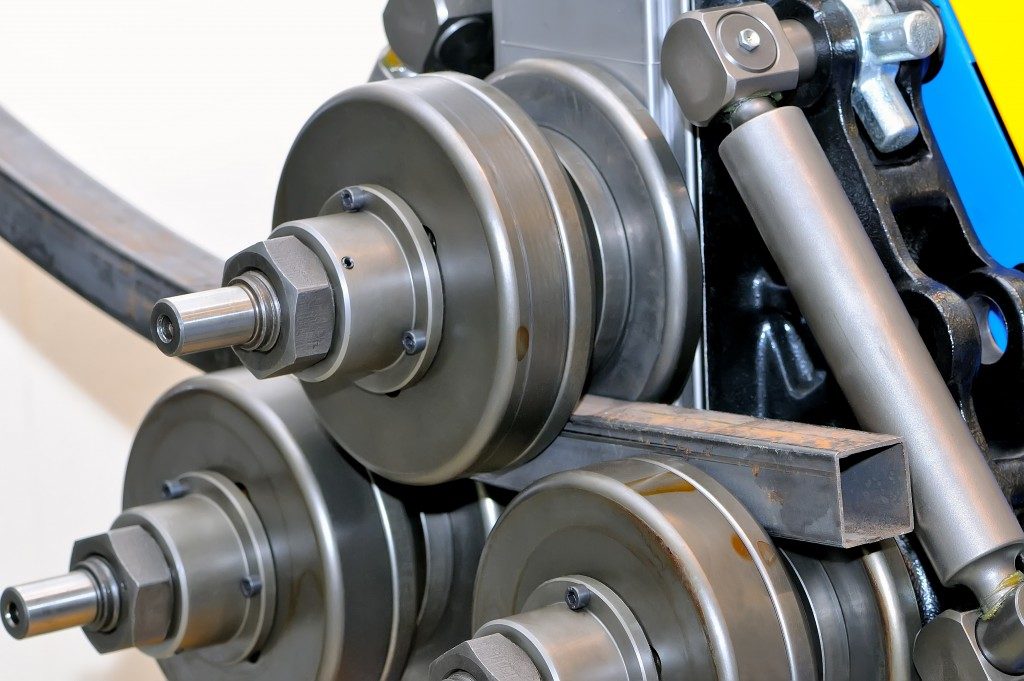Almost all machines nowadays run on a motor of one kind or another. However, like all appliances, motors are not fail-proof. At some point, they will stop working or not run as efficiently as they once did. You have two alternatives at this point: you can either replace the motor or rewind it. Rewinding your motors involves the unwinding of the old rotor coupled with the stator’s windings, then replacing them with new ones.
Some people steer clear of motor rewinding in the belief that the ‘’new’’ motor will lose its efficacy. Thanks to the advances in process disciplines, stringent quality assurance measures, and modern materials, there is now minimal impact on a motor’s efficiency when it has been rewound. The windings should be insulated after the process using varnish or resin. This insulation is designed to make the windings mechanically rigid and protect them from electrical shorts and contamination. Here are the methods used for the insulation of motor windings.
Dip and Bake
This is among the most common insulation methods used for motor windings. In this method, the windings will be dipped into varnish tanks before they are cured in ovens. The windings should ideally be immersed into the varnish twice to guarantee they are fully covered. Adequate time must also be allowed to elapse between the dipping to avert the risk of viscous varnish that will drip off the windings easily and leave some parts exposed.
There are different classes used for insulation varnishes. Class N varnishes, for example, are designed to withstand high temperatures while Hermetic-rated ones are fit for use in compressors.
Trickle Varnishing
In this method, the windings will be connected to electrical wires on a rotating table. The electrical resistance of the wires will heat the windings while the table spins. When the desired temperature is achieved, a varnish is dribbled onto the winding’s head. This then flows down to cover the entire motor. When fully saturated, the electric current to the winding will be increased, curing the varnish. Trickle varnishing is fast since the varnishing and curing are done on one machine. It is therefore often used for emergency motor repairs.
Vacuum Pressure Impregnation
In the process known in the industry by the acronym VPI, a pressurized vacuum tank with varnish or resin will fully impregnate your windings. The windings are preheated before their placement into the tank. After impregnation, the pressure is increased, curing the resin or varnish and binding it to your windings. The capacitance and cycles of the tank will be monitored periodically, and the insulation ordinarily takes time. VPI is often used on form coil systems and medium voltage motors since these are not fully saturated in other insulation methods.
Ultra-Seal Winding

In ultra-seal winding, the windings are fully impregnated and the coils sealed using a thermoset polymer resin of high molecular weight. This guarantees the windings’ ultimate protection against contaminants and moisture. Ultra-seal winding is used for motors that will be used in extreme environments.
The above insulation techniques will ensure your rewound motors serve you as they should and have extended durability. You should nonetheless ensure an expert handles the insulation and rewinding. This way, you are guaranteed that their operation will not be affected




